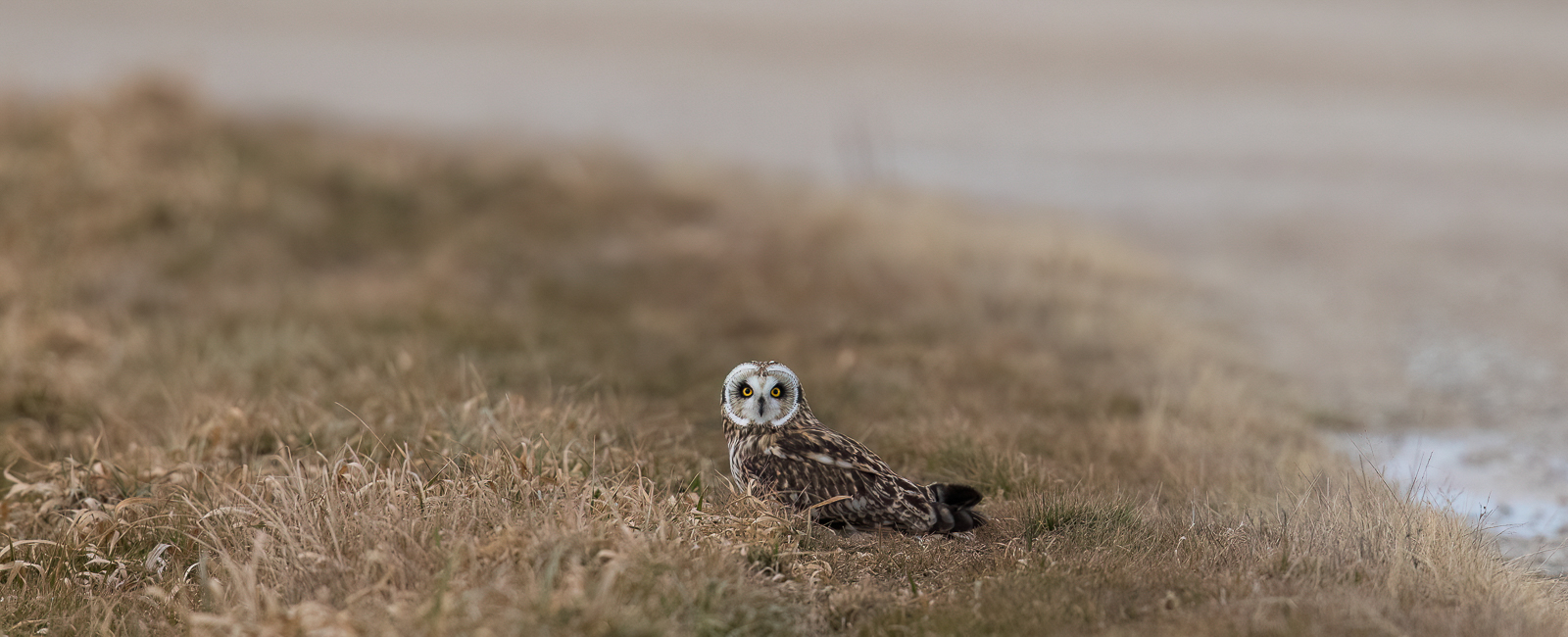Late Monday evening, a Louisiana Waterthrush was found singing along the creek. It was in the creek that runs northwest from Seven Bridges at Grant Park. On Tuesday, I left work around 1130am, as I wanted to try for it. This is one of my favorite warblers and can be easily missed in spring. They usually pass through our area from middle to late April. As I was walking down the stairs, I saw one of my friends, who had just seen it up the creek. I made my way up and found it all the way towards Lake Dr. It then circled around me and went down creek. It was not very cooperative at first. I spent three hours waiting for it in several spots, before finally getting some close, excellent looks at it. I watched it feed for quite a while and it amazes me how it can grab the teeny tiny worms from a fast moving creek. It happens so fast, and I would not have known it was catching them without capturing it on photo. It was seen again early this morning, but several others failed to relocate it after that. There are a few creeks in that area, so it’s possible it just moved to another one. Seven Bridges has a lot of foot traffic, especially when the weather is nice, like the last few days. The coordinates below are approximately where I watched it for the majority of the time. It also came back to this location several times. Good luck if you try for it. Photos below are from mid-day Tuesday. Enjoy!
42.924494, -87.848741





































































































































































































































